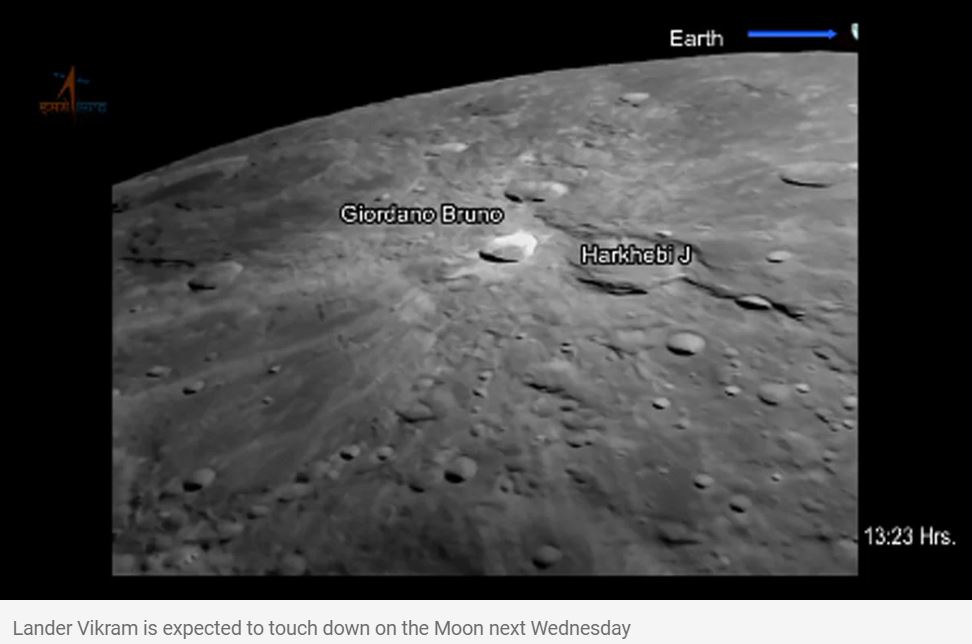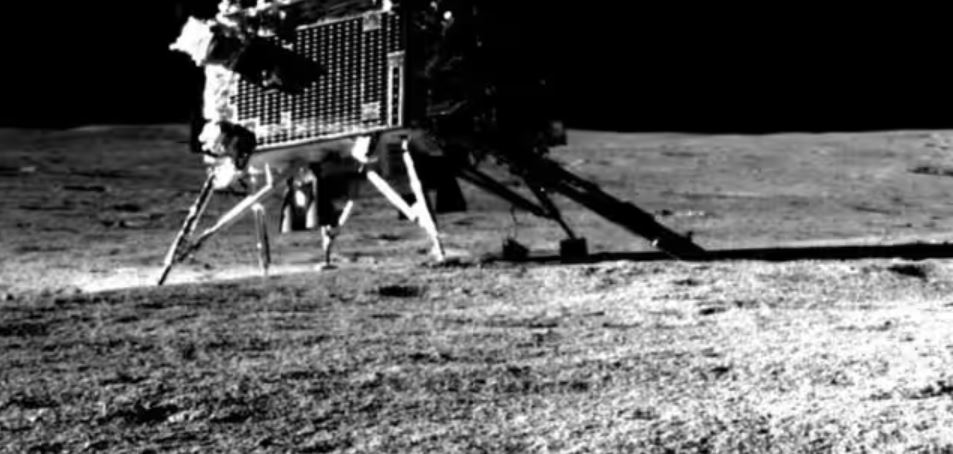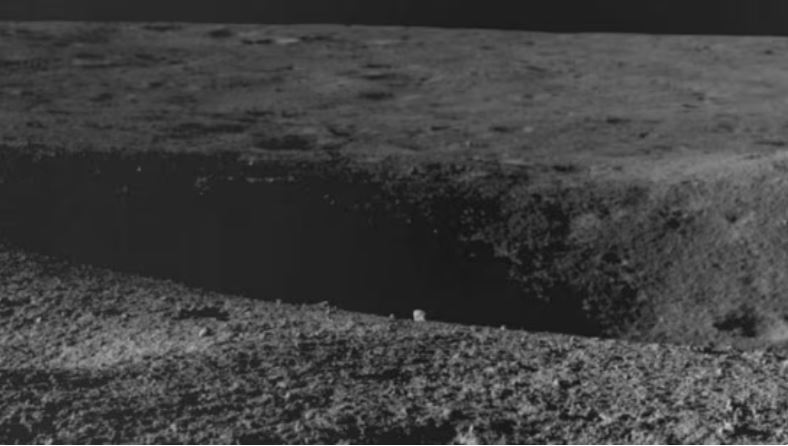Vikram Lander Shares First Moon Images Following Successful Spacecraft Detachment
New Delhi: The Vikram lander has unveiled its initial moon images today after accomplishing a flawless separation from the spacecraft’s propulsion module. India’s esteemed space agency, ISRO, has released these captivating visuals captured by the Lander Imager (LI) Camera-1, shared on the X platform, formerly recognized as Twitter. The imagery collection showcases various lunar craters, notably featuring the Giordano Bruno crater, one of the moon’s newest and sizable impact sites.
Among the remarkable visuals, the LI Camera-1 has also documented the Harkhebi J crater, boasting an impressive diameter of approximately 43 kilometers. These photographs were taken following the separation of the lander from its module.
Chandrayaan-3 Mission:
View from the Lander Imager (LI) Camera-1
on August 17, 2023
just after the separation of the Lander Module from the Propulsion Module #Chandrayaan_3 #Ch3 pic.twitter.com/abPIyEn1Ad— ISRO (@isro) August 18, 2023
With a jovial departure, the lander module expressed, “Thanks for the journey, companion,” as it disengaged from the propulsion system. The module is scheduled for a controlled descent to a lower orbital path, a maneuver known as deboosting, which has been effectively executed today. Presently, the Lander Module’s (LM) status remains stable, and this orbital maneuver has adjusted its path to an altitude of 113 km x 157 km. The subsequent deboosting operation is slated for August 20, around 2 am.
The deboosting process, entailing a controlled deceleration, will situate the Lander Module into an orbit where Perilune (the point closest to the Moon) will be approximately 30 kilometers, and Apolune (the point farthest from the Moon) will extend to 100 kilometers.
On August 23, the lander is poised to execute a “soft landing” within the moon’s southern polar expanse, while the propulsion module will continue its lunar orbit, actively investigating Earth’s atmosphere. Additionally, the module is slated to gather data pertinent to the habitability of exoplanets.
Subsequent to the successful touchdown and the lunar dust settling, the ‘Pragyaan’ rover will disembark from the Vikram Lander, enabling mutual imaging between the lander and the rover.



